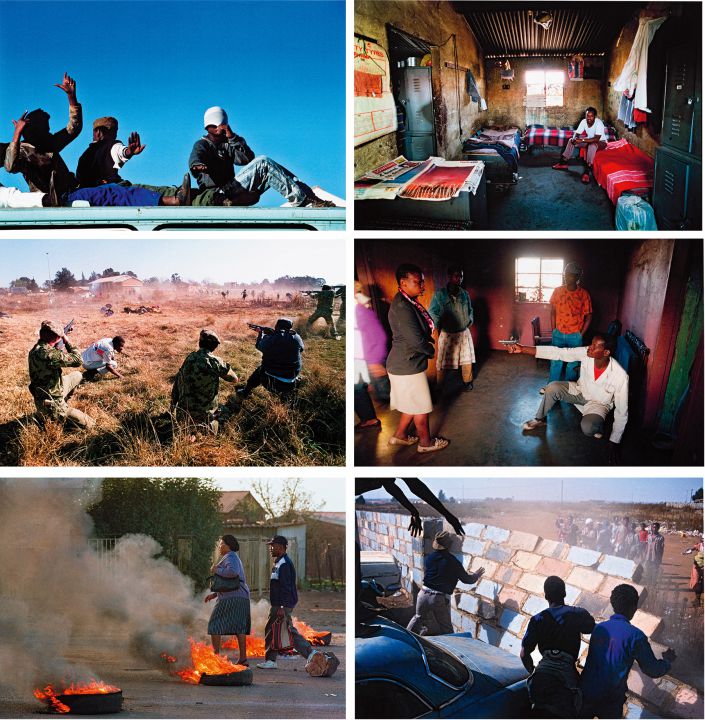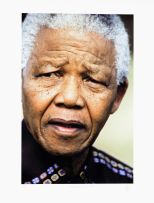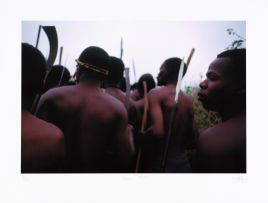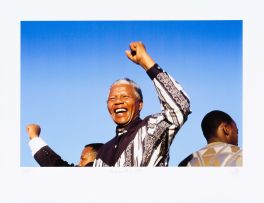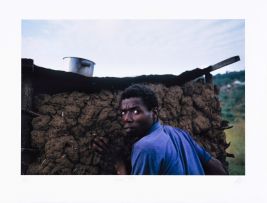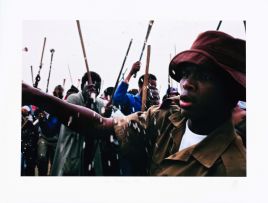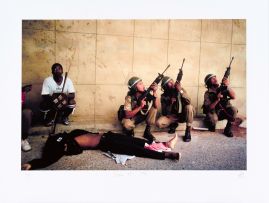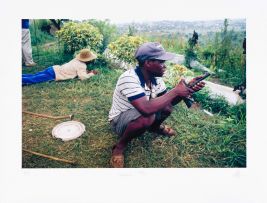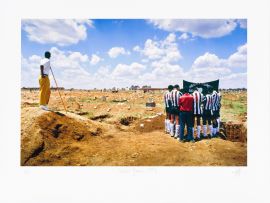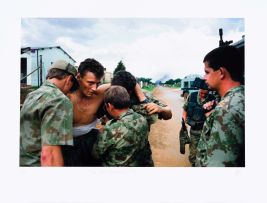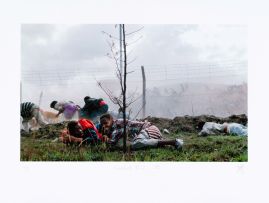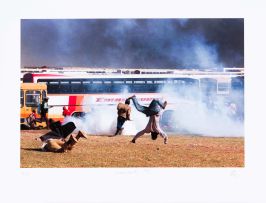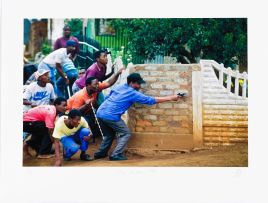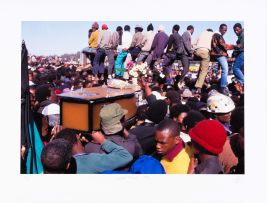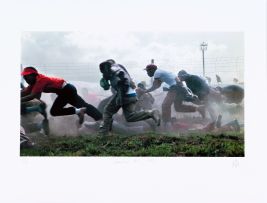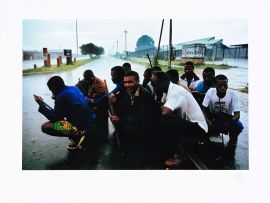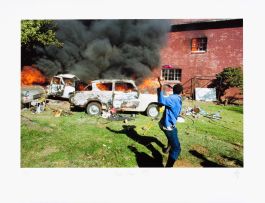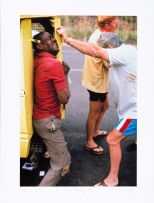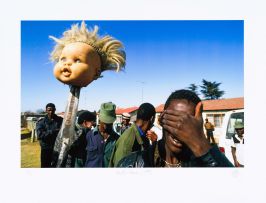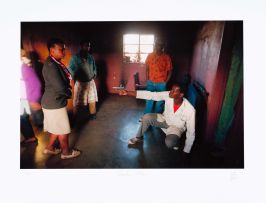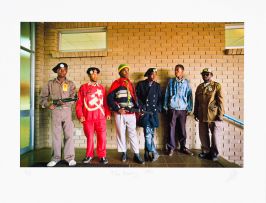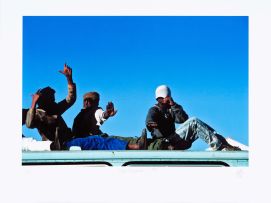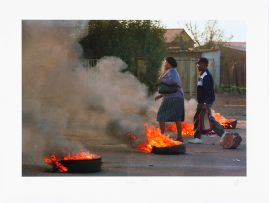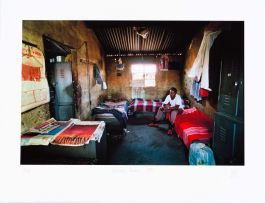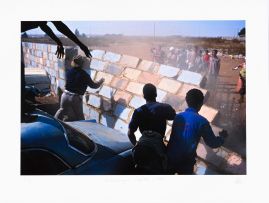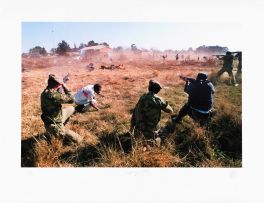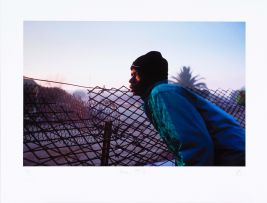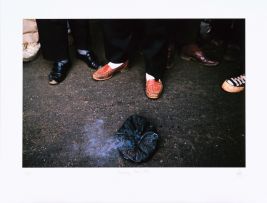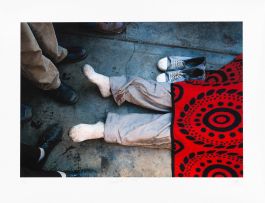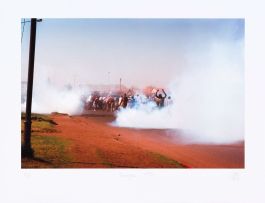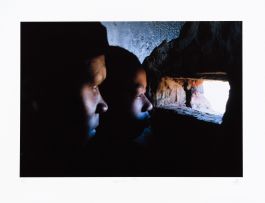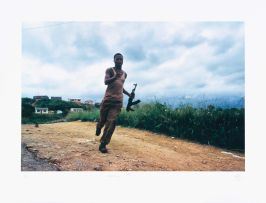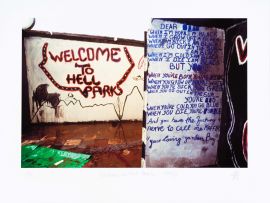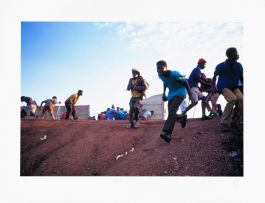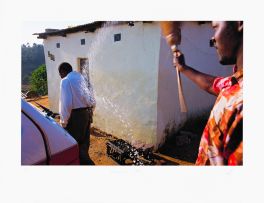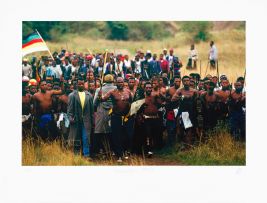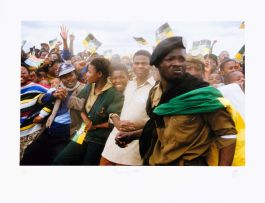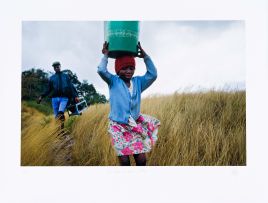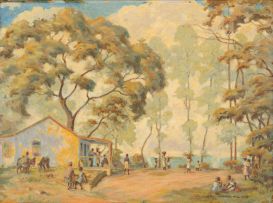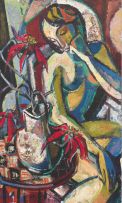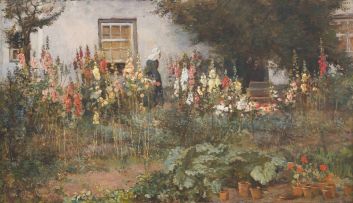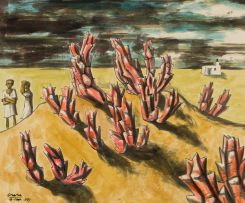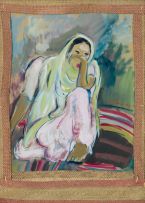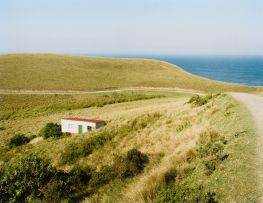Modern, Post-War and Contemporary Art
Live Auction, 20 May 2019
Evening Sale
About this Item
a portfolio of 41 digital photographic prints, with accompanying texts by Greg Marinovich and introductions by Sean O'Toole and Karel Nel, in a portfolio box; each print signed, dated, numbered 4/5 and inscribed with the title in pencil
Notes
Greg Marinovich is a highly regarded photojournalist, filmmaker and author who distinguished himself photographing the fatal conflicts that preceded the first democratic elections in South Africa in 1994. He was awarded the Pulitzer Prize for Spot News Photography in 1991 for a series of photographs of African National Congress supporters murdering a man they suspected of being an Inkatha Freedom Party spy. This portfolio, compiled in association with Strauss & Co's founding director Stephan Welz and printed by Dennis da Silva and Andreas Kahlau of Silvertone in 2013, offers a wide-ranging visual history of the internecine conflicts and violent strife that engulfed large parts of the country in the 1990s.
Marinovich co-authored a non-fiction book The Bang-Bang Club (Basic Books, 2000) with João Silva that took readers beyond the photographs, giving context to that tumultuous time as well as many personal stories of those involved. Following the unbanning of 33 political parties and release of political prisoners in 1990, in the protracted lead-up to non-racial elections in 1994, South Africa teetered on the brink. The topography of war in this portfolio includes a cramped Thokoza hostel, a rain-soaked street in Duduza west of Nigel, a Bantustan capital in the Eastern Cape, a rural valley north of Durban, and Shell House in Jeppe Street, Johannesburg. In a 1994 article for Leadership magazine, Marinovich collectively described these places as the 'dead zone'.
By his own reckoning, Marinovich covered a dozen massacres during the 1990s, a massacre being an event marked by the indiscriminate and brutal slaughter of many people. Marinovich later discovered a Truth and Reconciliation Commission report that spoke of 122 massacres in the Pretoria, Greater Johannesburg and Vaal Triangle areas from 1990 to 1992 alone. 'There is so much that wasn't covered,' he says. Thokoza, a working-class settlement southeast of Johannesburg that was a fulcrum for his best work, may well be a 'forgotten battlefield from a forgotten conflict,'1 as Marinovich proposes in a caption, but his photographs are less sceptical. They offer unflinching witness to the painful becoming of a nation.
1. Interview with Greg Marinovich, 23 January 2014.
